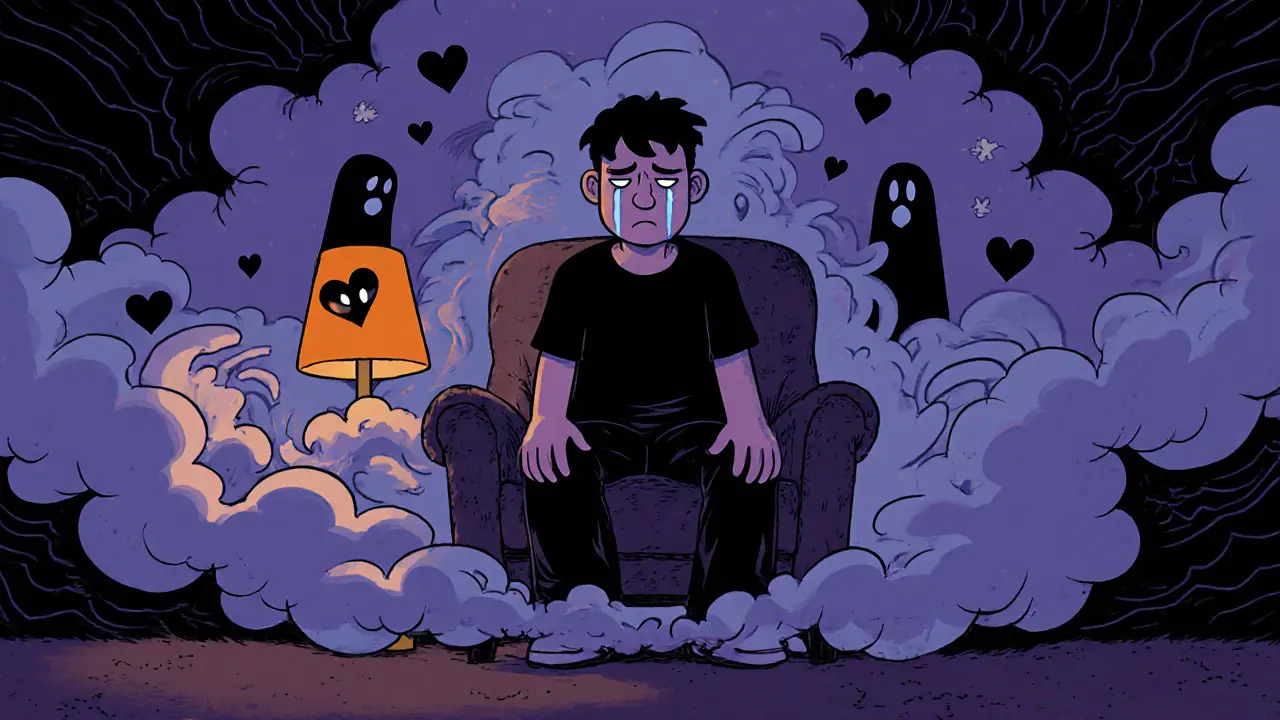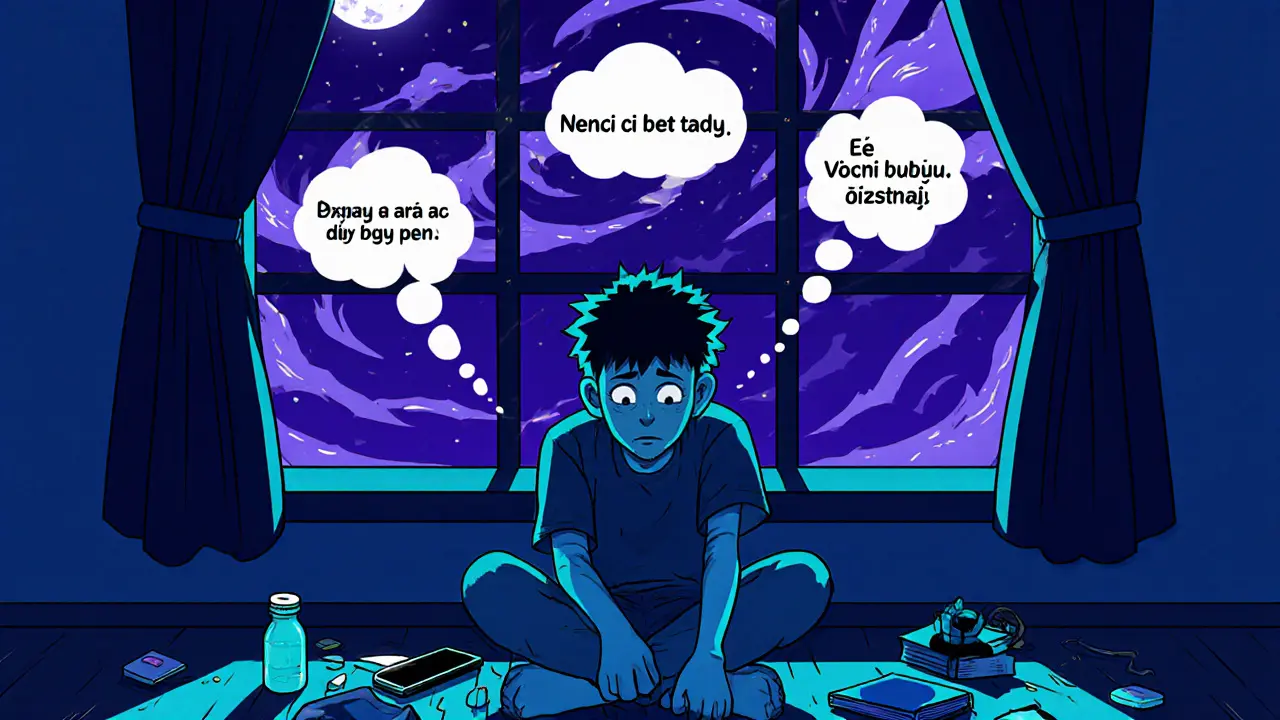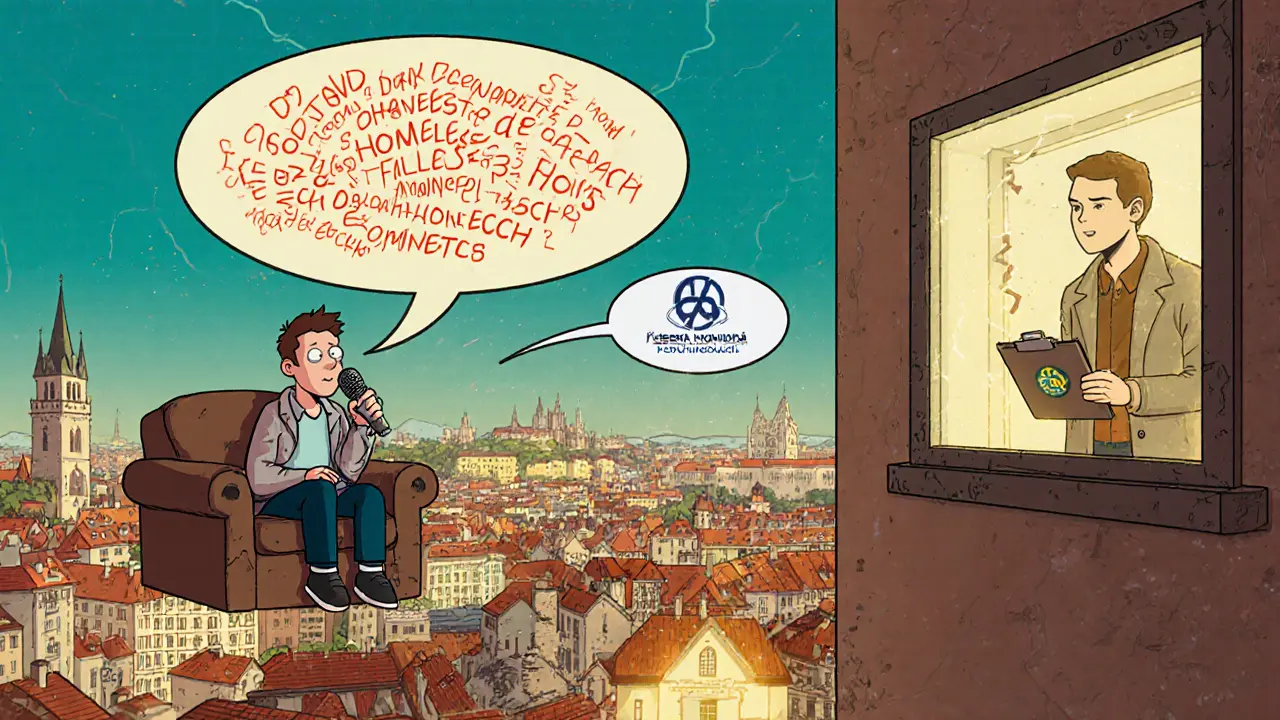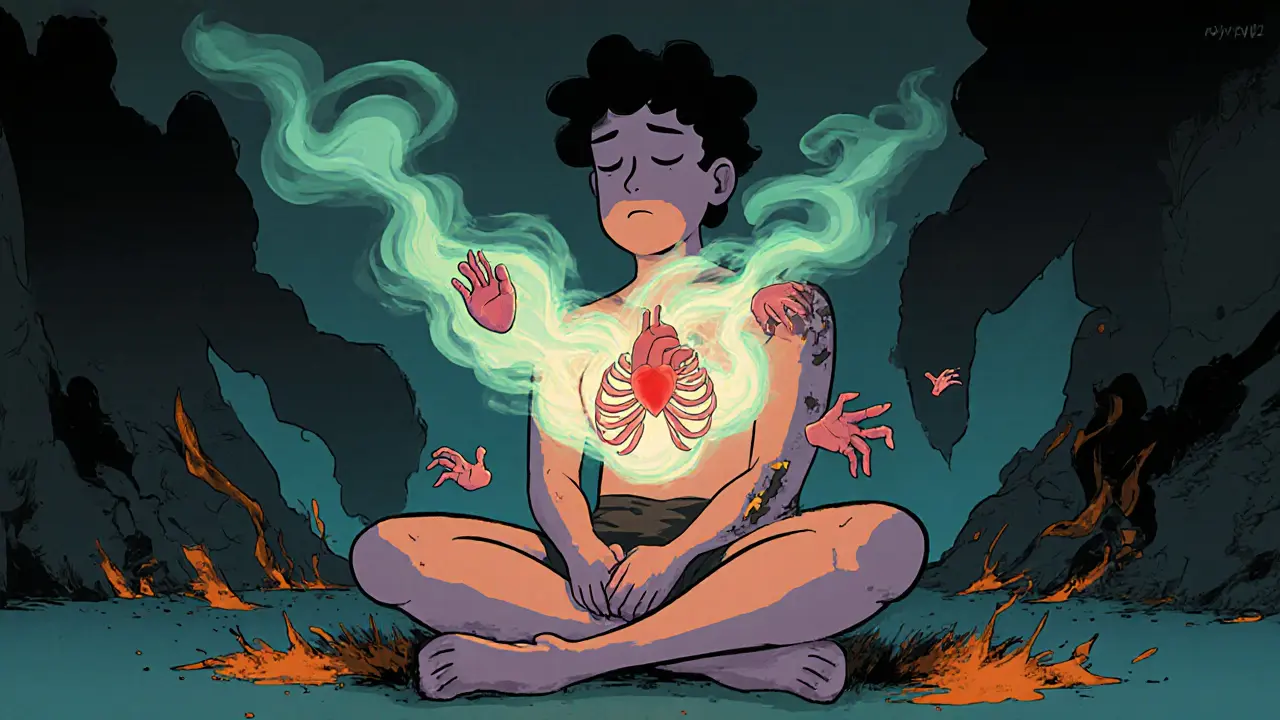Komplexní PTSD: Co to je, jak se projevuje a jak terapie pomáhá
When you live with komplexní PTSD, chronická reakce na opakované nebo dlouhodobé trauma, často z dětství, která ovlivňuje celý způsob, jakým člověk vnímá sebe, ostatní a svět. Also known as C-PTSD, it is not just about flashbacks — it’s about feeling permanently broken, unsafe, or disconnected from your own body and emotions. Unlike simple PTSD, which often follows a single shocking event, komplexní PTSD builds slowly — from emotional neglect, abuse, manipulation, or living in constant fear. It doesn’t shout; it whispers in the background of your life, making trust hard, emotions overwhelming, and peace feel like a myth.
This is why terapie trauma, specializovaný přístup, který respektuje hloubku a komplexitu traumatu a zaměřuje se na obnovu bezpečí, identity a souvislosti is not just helpful — it’s necessary. Many people with komplexní PTSD have tried standard talk therapy, only to feel misunderstood. That’s because trauma isn’t just a memory — it’s stored in your nervous system, your posture, your automatic reactions. You might freeze when someone raises their voice, shut down during conflict, or feel guilty for simply existing. These aren’t flaws — they’re survival strategies that outlived their purpose. EMDR, metoda, která pomáhá mozku znovu zpracovat traumata pomocí bilaterální stimulace, často zlepšuje příznaky, když jiné metody selhaly is one tool. Others include somatic experiencing, sensorimotor psychotherapy, or trauma-informed CBT. But the core is always the same: rebuilding a sense of safety, inside your body and in relationships.
And you’re not alone in this. Many people with komplexní PTSD struggle with emoční dysregulace, neshodu mezi tím, co cítíte a tím, jak se chováte — například když se rozčílíte na malou věc, nebo se úplně uzavřete, když někdo se snaží pomoci. It’s not being "too sensitive." It’s your brain stuck in survival mode. Therapy helps you learn to recognize these patterns, name them, and slowly, gently, choose a different response. You start to notice: "This isn’t my father yelling — this is my partner asking if I want coffee." And that shift? It’s everything.
What you’ll find in the articles below are real, practical guides — not theory. From how to recognize if therapy is working for trauma, to how to choose a therapist who actually understands komplexní PTSD, to tools like journaling and grounding techniques that work between sessions. There’s no magic fix. But there is a path back to yourself — one safe step at a time.
Komplexní PTSD: Jak probíhá psychoterapie dlouhodobého traumatu
Komplexní PTSD se liší od klasické PTSD a vyžaduje specifický terapeutický přístup. Článek přináší diagnostické rozdíly, fázový model léčby a praktické tipy pro pacienty i terapeuty.





